Cybersecurity
How Hackers Use Vishing for Identity Theft
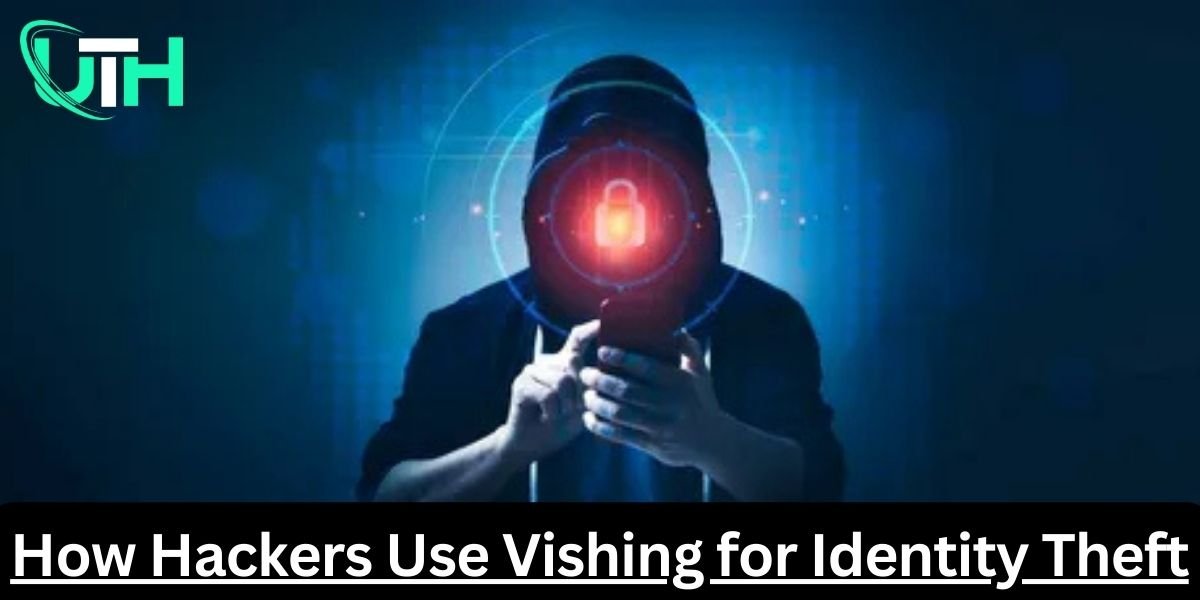
Introduction
Vishing (voice phishing) is a dangerous social engineering attack that cybercriminals use to steal sensitive personal information. Hackers often leverage caller ID spoofing, AI-generated voices, and psychological manipulation to trick victims into revealing their banking details, Social Security Numbers (SSNs), passwords, and other personal information.
Once criminals obtain this data, they engage in identity theft, where they impersonate victims to commit financial fraud, access sensitive accounts, or even apply for loans and credit cards. This article provides a detailed look at how hackers use vishing for identity theft, common attack techniques, real-world examples, and preventive measures.
How Hackers Use Vishing to Steal Identities
Hackers systematically exploit vishing to gather key personal details for identity theft. Below are the step-by-step methods they use:
1. Pretexting: Creating a Believable Backstory
Before making the call, scammers conduct research on the victim. They collect personal details such as:
✔ Full name and address
✔ Date of birth
✔ Phone number and email
✔ Employer and job position
✔ Recent purchases or transactions
🔹 How they get this data:
- Social media profiles (Facebook, LinkedIn, Instagram)
- Public databases and data breaches
- Dark web marketplaces
🔹 Example: A hacker posing as a bank representative calls a victim, mentioning their recent credit card transactions to appear credible.
2. Caller ID Spoofing: Pretending to Be a Trusted Entity
Hackers use caller ID spoofing to disguise their phone number, making it look like a legitimate bank, government agency, or employer is calling.
🔹 Common spoofed numbers:
✔ Banks and credit card companies
✔ IRS or tax departments
✔ Social Security Administration
✔ Tech support from Microsoft or Apple
🔹 Example: A victim receives a call appearing to be from their bank’s fraud department, warning them of “suspicious activity” and requesting verification.
3. Psychological Manipulation: Forcing the Victim to Act Quickly
Hackers exploit human emotions such as fear, urgency, and trust to manipulate their victims into giving away personal information.
🔹 Common vishing tactics include:
✔ Threats & Urgency: “Your Social Security Number has been suspended! Act now to avoid legal consequences.”
✔ Trust & Authority: “I’m calling from the IRS. You have unpaid taxes and must verify your SSN to avoid penalties.”
✔ Fake Rewards: “You’ve won a free iPhone! We just need your identity details for verification.”
🔹 Example: A hacker calls pretending to be from the government, claiming the victim’s Social Security Number is compromised and urging them to confirm their details to “reactivate” it.
4. Extracting Personal Data for Identity Theft
Once victims trust the hacker, they unknowingly provide critical details, including:
✔ Full name and SSN
✔ Bank account and credit card numbers
✔ Online banking or email login credentials
✔ One-time passwords (OTPs) sent via SMS or email
🔹 Example: A scammer posing as a bank fraud specialist asks a victim to provide their credit card details and OTP to “reverse unauthorized transactions.”
5. Exploiting the Stolen Identity
After obtaining sensitive data, hackers use it for identity theft, leading to financial fraud and other cybercrimes.
🔹 Common identity theft methods:
✔ Opening new bank accounts or credit cards in the victim’s name
✔ Taking loans or applying for mortgages
✔ Stealing tax refunds by filing fraudulent returns
✔ Using medical identity to access healthcare benefits
✔ Selling personal information on the dark web
🔹 Example: A victim’s SSN is stolen via vishing, and the attacker uses it to apply for loans and credit cards, leaving the victim with massive debt.
Real-World Examples of Vishing Identity Theft
1. The IRS Scam (U.S.)
Hackers pretended to be IRS agents and called victims, claiming they owed unpaid taxes. They threatened legal action and demanded immediate payment through gift cards, wire transfers, or Bitcoin. Many victims lost thousands of dollars before realizing the scam.
2. AI-Powered CEO Fraud (UK, 2019)
Cybercriminals used AI voice cloning to impersonate the CEO of a company. They called a finance manager and tricked them into transferring $243,000 to a fraudulent account.
3. Bank Impersonation Fraud (India, 2021)
Hackers spoofed bank phone numbers and called customers, claiming their accounts were compromised. They convinced victims to reveal debit card details and OTPs, leading to unauthorized withdrawals.
How to Protect Yourself from Vishing-Based Identity Theft
1. Always Verify Caller Identities
✔ If a caller claims to be from a bank or government agency, hang up and call back using the official number.
✔ Don’t trust caller ID alone, as it can be spoofed.
2. Never Share Personal Information Over the Phone
✔ Banks and government agencies never ask for SSNs, passwords, or OTPs over the phone.
✔ Be cautious if someone asks for urgent financial transactions.
3. Enable Multi-Factor Authentication (MFA)
✔ Use two-factor authentication (2FA) for bank and email accounts to prevent unauthorized access.
✔ Even if your password is stolen, MFA prevents hackers from logging in.
4. Educate Yourself and Others About Vishing Scams
✔ Train employees on how to recognize vishing scams.
✔ Inform elderly family members, who are common targets for phone scams.
5. Use Call Blocking and Anti-Scam Apps
✔ Install call-blocking apps like Truecaller or Hiya to identify fraudulent calls.
✔ Use voice authentication systems for high-risk transactions.
Conclusion
Vishing is a major identity theft tool used by cybercriminals to manipulate victims into revealing sensitive information over the phone. By using caller ID spoofing, AI-generated voices, and social engineering tactics, hackers convince victims to provide SSNs, bank details, and passwords, which they exploit for financial fraud.
To protect yourself, always verify callers, avoid sharing sensitive information over the phone, and use cybersecurity tools like multi-factor authentication and call-blocking apps.
Would you like an infographic on vishing prevention tips or a table of real-life scams? 🚀
Read More
-
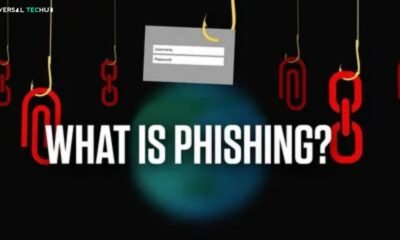
 Phishing attack8 months ago
Phishing attack8 months agoWhat is Spear Phishing and How You Can Identify This Scam?
-
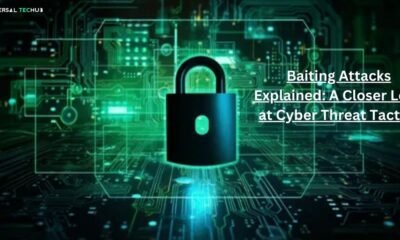
 Social engineering attack10 months ago
Social engineering attack10 months agoBaiting Attacks Explained: A Closer Look at Cyber Threat Tactics
-

 Social engineering attack8 months ago
Social engineering attack8 months agoWhat are Social Engineering Attacks – A Complete Guide to Cyberattacks Prevention
-

 Social engineering attack9 months ago
Social engineering attack9 months agoSpear Phishing Attack: A Targeted Cyber Threat
-

 Social engineering attack10 months ago
Social engineering attack10 months agoWhat is spear phishing attack? A detailed guide
-

 Phishing attack4 months ago
Phishing attack4 months agoWhy is Phishing Still a Major Cyber Threat? Everything You Need to Know
-
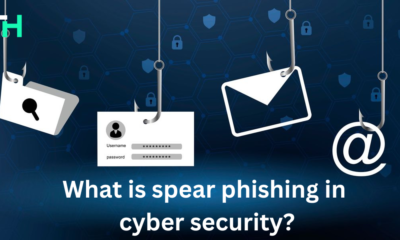
 Social engineering attack10 months ago
Social engineering attack10 months agoWhat is spear phishing in cyber security?
-
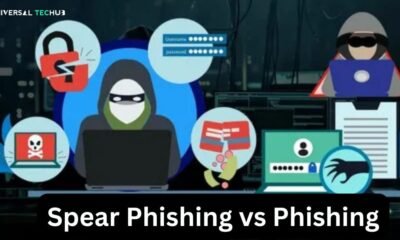
 Social engineering attack9 months ago
Social engineering attack9 months agoSpear phishing vs phishing: Understand the Risks




















